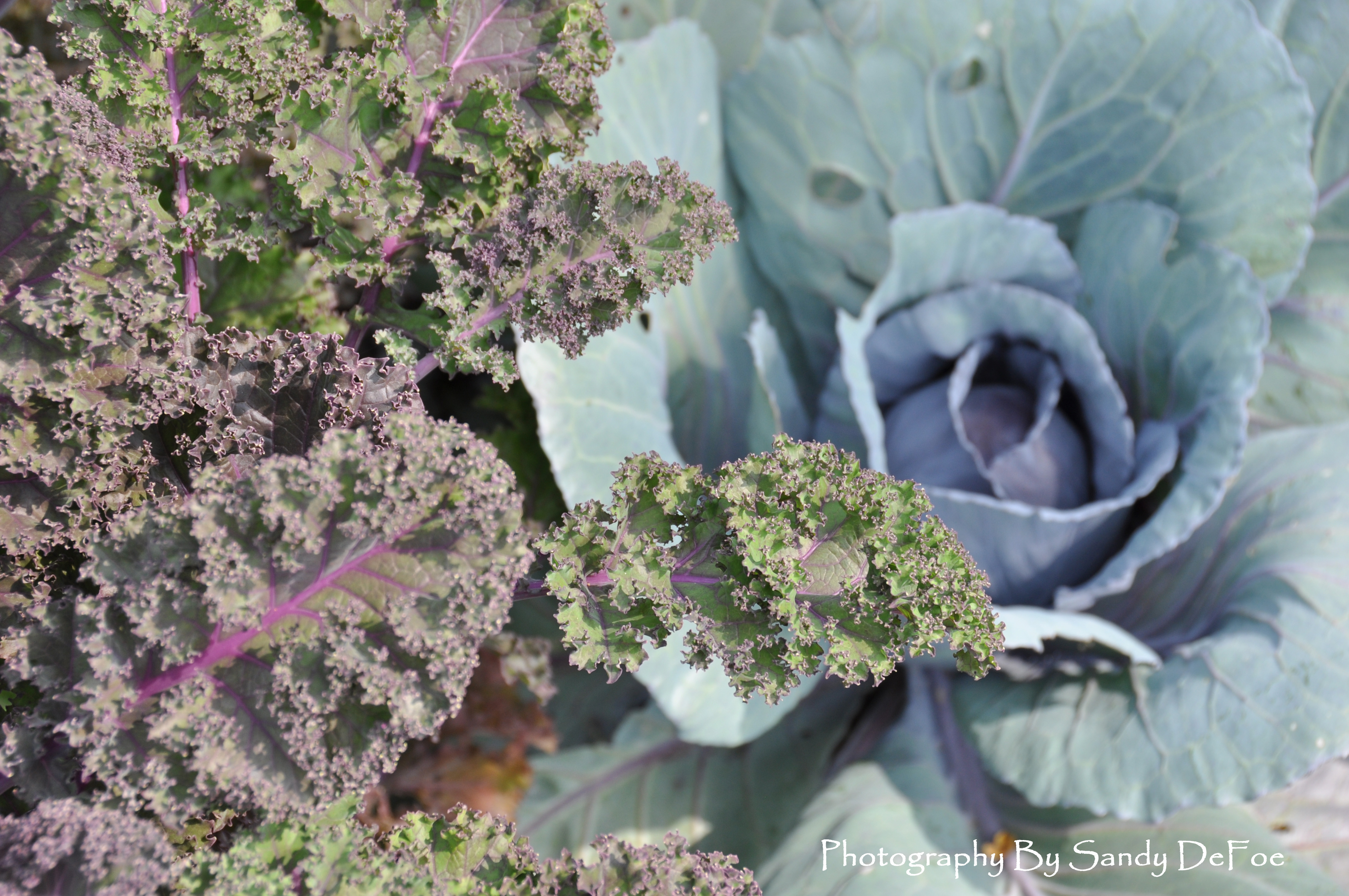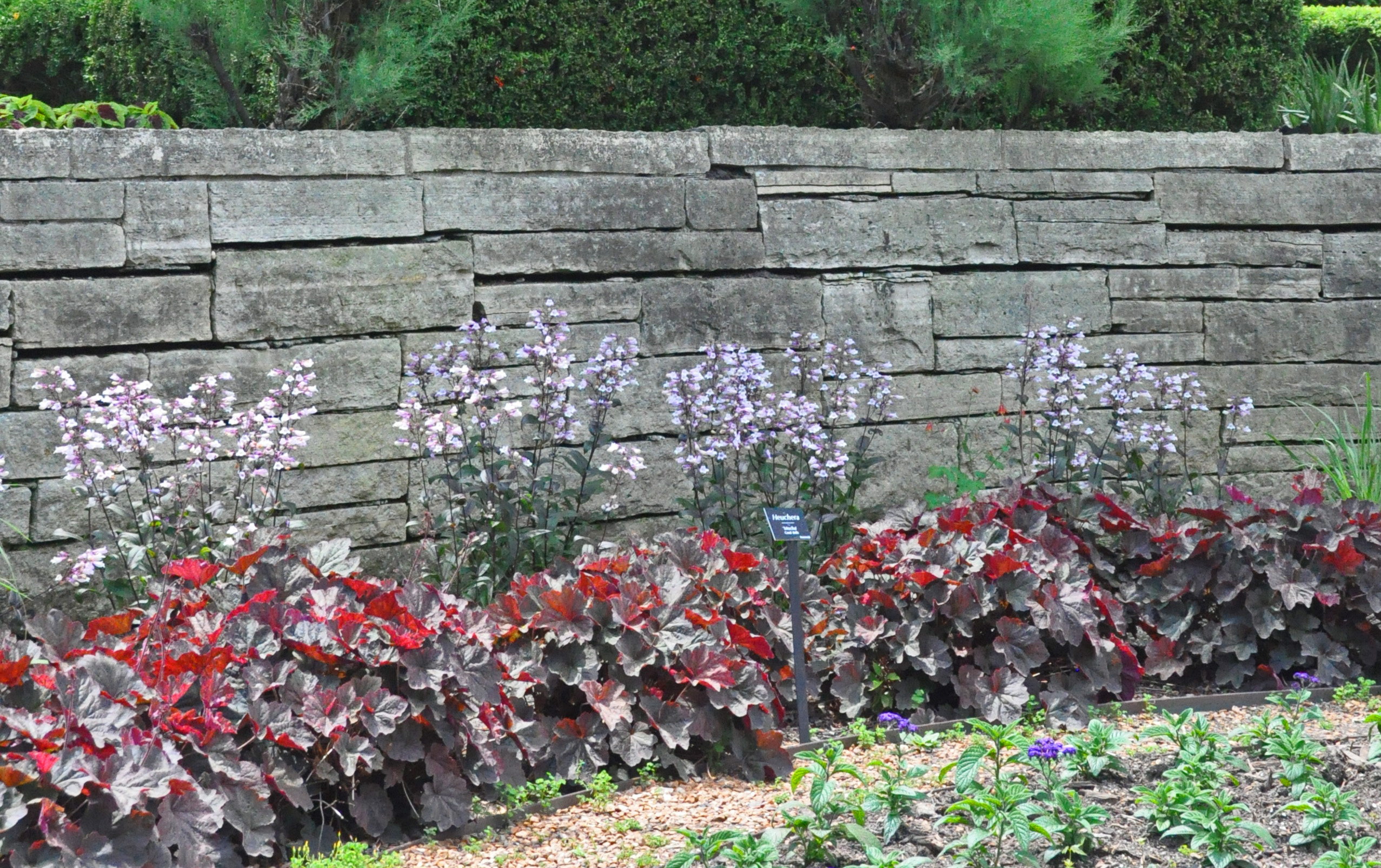This past weekend was the first time in a long time that I was able to sit with a cup of coffee and honestly critique the gardens that I have put in the backyard so far. It was truly depressing! I tried to rationalize that they were still relatively new and that the weather had been dreadful this summer, but I finally had to face reality. My late summer/fall gardens are simply pitiful. They need a redesign.

As I sat and evaluated my gardens, I accumulated a lengthy list of all of the mistakes I had made. (Which, by the way, will be the topic of next week’s blog — common landscaping and gardening mistakes!) Several are quite serious and will mean removing absolutely every existing plant, every defining boulder, all of the mulch and starting over from scratch. A few though, just need some new and some different plant material.

Two of my perimeter beds were gorgeous in the early spring and the opening months of summer. They were full of vibrantly colored blooms that drew your eye from one burst of color to another. I absolutely loved them (and I have to admit I bragged about their success). What did not occur to me was that once those early bloomers were done, there was nothing to replace them. I did not plan for all-season interest and now those same beds are excruciatingly BORING!.

Hoping to get some help, I turned to the design crew at Embassy Landscape Group to see what they would recommend for spicing up fall gardens.As usual, the staff there didn’t disappoint. They came up with some terrific suggestions for adding color and interest not only to the fall garden but to those tired summer pots as well. I hope that you enjoy their suggestions and find them helpful as well.

Although many of the fall blooming perennials are best planted in the spring for dramatic fall displays, most can be planted now and should soon become available at area garden centers if they are not there now. Some garden centers will also offer a selection of annuals and perennials that are commonly thought of as early spring bloomers. Because they are cool season plants, they should do well in the more moderate temperatures of fall.

When changing a bed or a pot over from summer to fall, there are a few techniques that professionals use to create extraordinary displays. First of all, fall beds need to have ample amounts of organic material added to replace the nutrients that have been depleted over the summer. The soil also needs to be well worked to eliminate any compaction, allowing water and oxygen to reach the roots of the new plants. Finally, since the growing season is shorter in the fall, beds and pots need to be planted either with larger plants or more of them to produce a fuller, more striking display.

CASSIE’S CHOICES

Fall edibles top the list.
- Sweet alyssum – part to full sun; evenly moist, rich soil; 6 in; purples, pinks, whites

- Nasturtiums – full sun; moderate to poor soil; moderate water; vining; reds, oranges, yellows

- Swiss Chard (Bright Lights) – full sun; garden soil; moderate water; 12 – 16 in; gold, pink, crimson

- Merlot lettuce next to “Green Ruffles” –

Followed by
- Snap dragons – part to full sun; average soil; evenly moist; 6 – 24 in; all colors except blue

- Johnny jump ups – part to full sun; evenly moist, rich soil best; 10 in; purple and yellow
JOANN’S CHOICES

Particularly beautiful in pots!


- Kales and cabbages – full sun to part shade; average soil and moisture; 18 in; pinks, purples, greens

- Celosia – full sun; rich, well-drained soil; moderate water; 6 – 36 in; orange, pink, purple, red, white, yellow

- Asters – full to part sun; loamy, well-drained soil; moderate moisture; 12 – 36 in; blues, purples, blues, white

- Grasses – conditions vary by species

- Coral bells (for foliage) – filtered sun to shade; rich, moist, well-drained soil; 12 – 36 in; foliage colors chartreuse, gold, grey, silver, purple, burgandy

- Ornamental peppers – full sun; rich, well-drained soil; 12 – 18 in; multi-colors

- Millet – full sun; hot, dry conditions; 8 – 60 in; brown

- Crotons – (pots) bright light; evenly moist soil; high humidity; multi-colored foliage

SANDY’S CHOICES

- Euphorbia – esp. “Diamond Frost” & “Breathless Blush” – full sun to part shade; average to sandy soil; well-drained; 12 – 24 in; multi-colored (sap can be a skin irritant)

- Straw Flowers – full sun; sandy, rocky soil; weekly watering; 12 – 40 in; oranges, pinks, reds, white, yellows

- Pansies – full sun; moist, rich, well-drained soil; 6 – 9 in; blues, oranges, pinks, purples, reds, yellows, white

- Rudbeckia – full sun; average soil and water, tolerates dry; 16 – 24 in; yellows

- Staghorn Sumac – sun to shade; dry rocky soil; tolerates dry; red, yellow, green; 12 – 36ft

AUTHOR’S CHOICES
Native species
- Goldenrod – Full sun to light shade; dry to average soil and water; 24 – 48 in; yellow

- Dittany – Sun to part shade; dry to average soil and water; 12 – 16 in; lavender

- Littleflower Alumroot – Part to full shade; dry to average soil and water; 12 – 16 in; pale pink

- Cardinal flower – Full sun to light shade; moist, rich soil; 24 – 48 in; deep red


